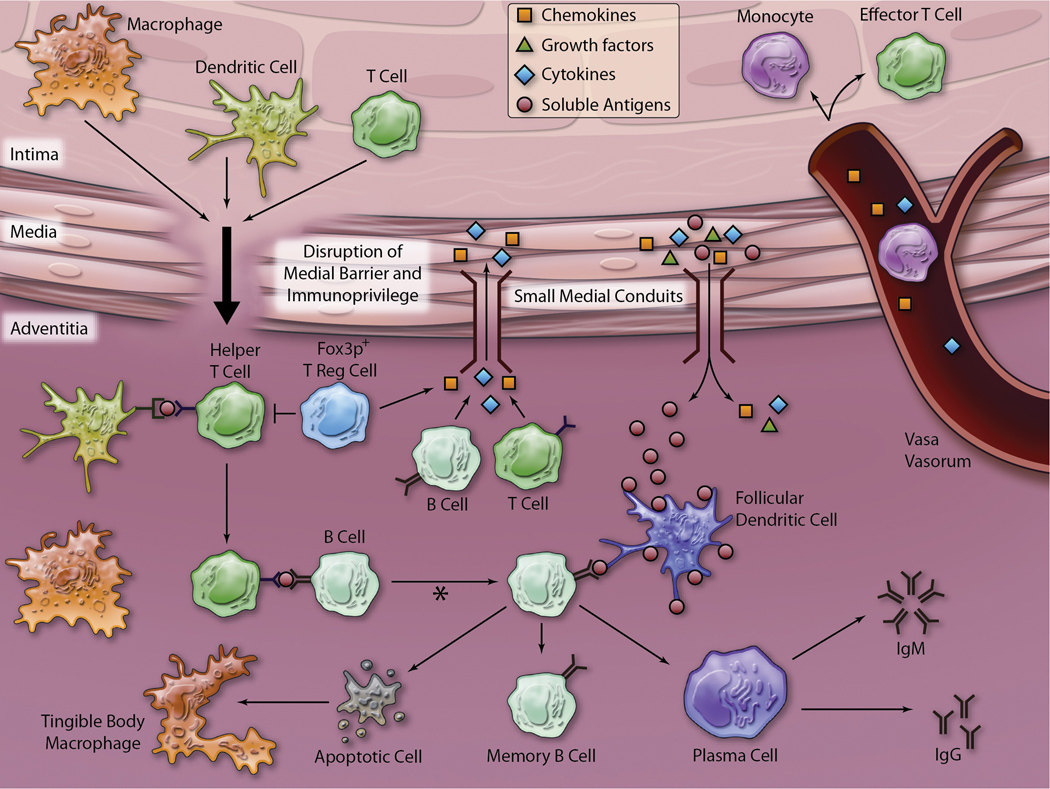Figure 3. Proposed model of immune system activity in the adventitia.
Small medial conduits, as demonstrated by Gräbner and colleagues, may enable soluble antigens, cytokines, growth factors, and chemokines to traffic between the intima and the adventitia. Chemokines and cytokines passing through these conduits may aid in the recruitment of leukocytes to the growing atherosclerotic plaque via the vasa vasorum. Additionally, growth factors secreted by cells within the growing plaque may stimulate neovascularization from the adventitial vasa vasorum. As shown in Figure 1, the media underlying advanced atherosclerotic plaques may be breached, compromising the barrier status of the media. In this model, cells can then cross the media and present antigen to helper T lymphocytes. The helper T lymphocytes (negatively regulated by Fox3p+ T reg lymphocytes) then stimulate B lymphocytes to undergo clonal expansion, isotype switching, and affinity maturation (asterisk). B lymphocytes with low affinity for antigen presented on follicular dendritic cells may undergo apoptosis and be removed by tingible body macrophages via efferocytosis. The B lymphocytes selected through high affinity interaction with antigen presented on follicular dendritic cells may undergo differentiation into memory B lymphocytes and plasma cells that may produce IgM or IgG autoantibodies locally or traffick to lymph nodes.

